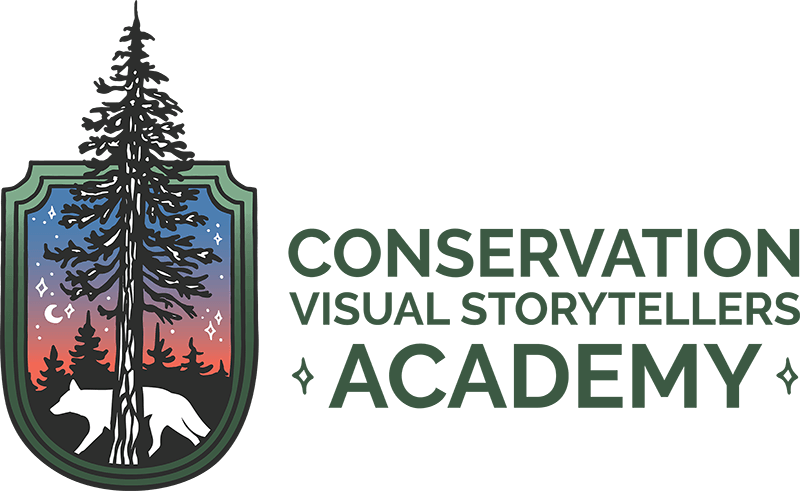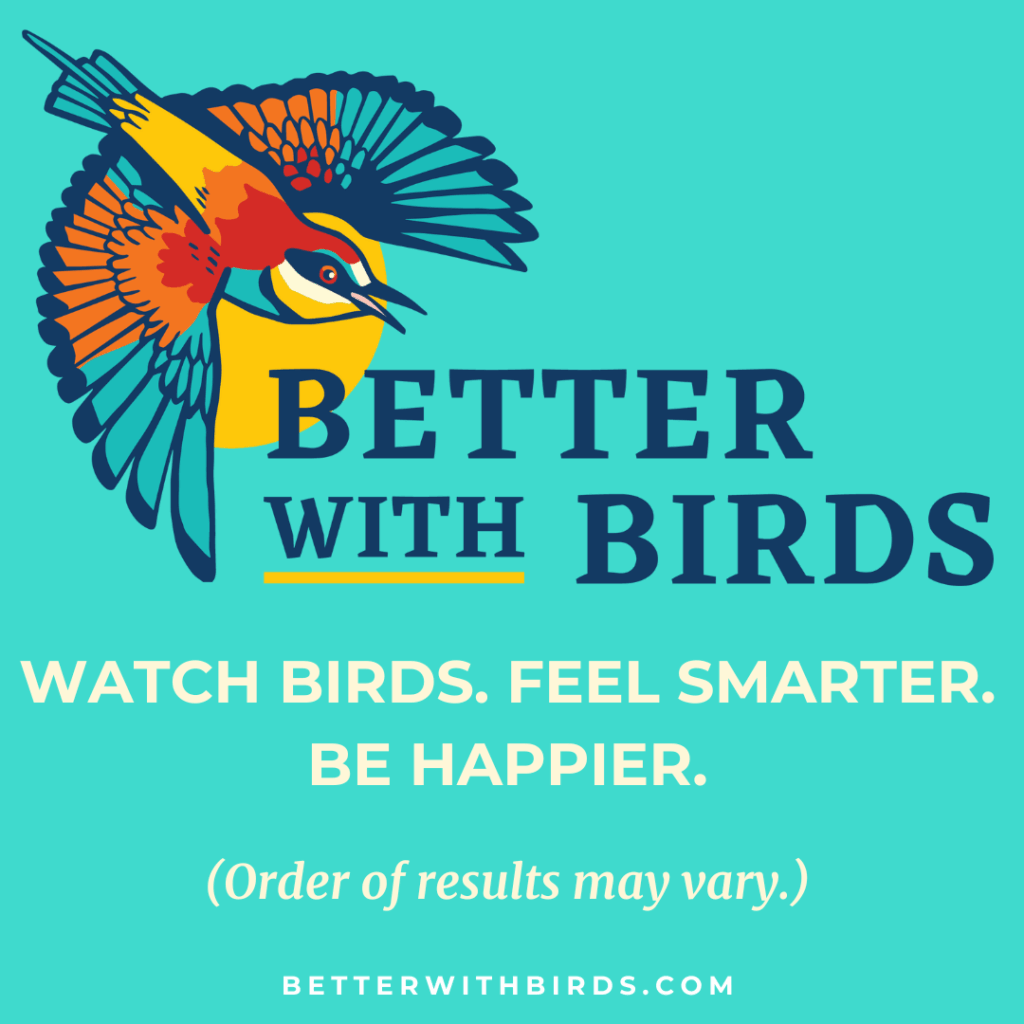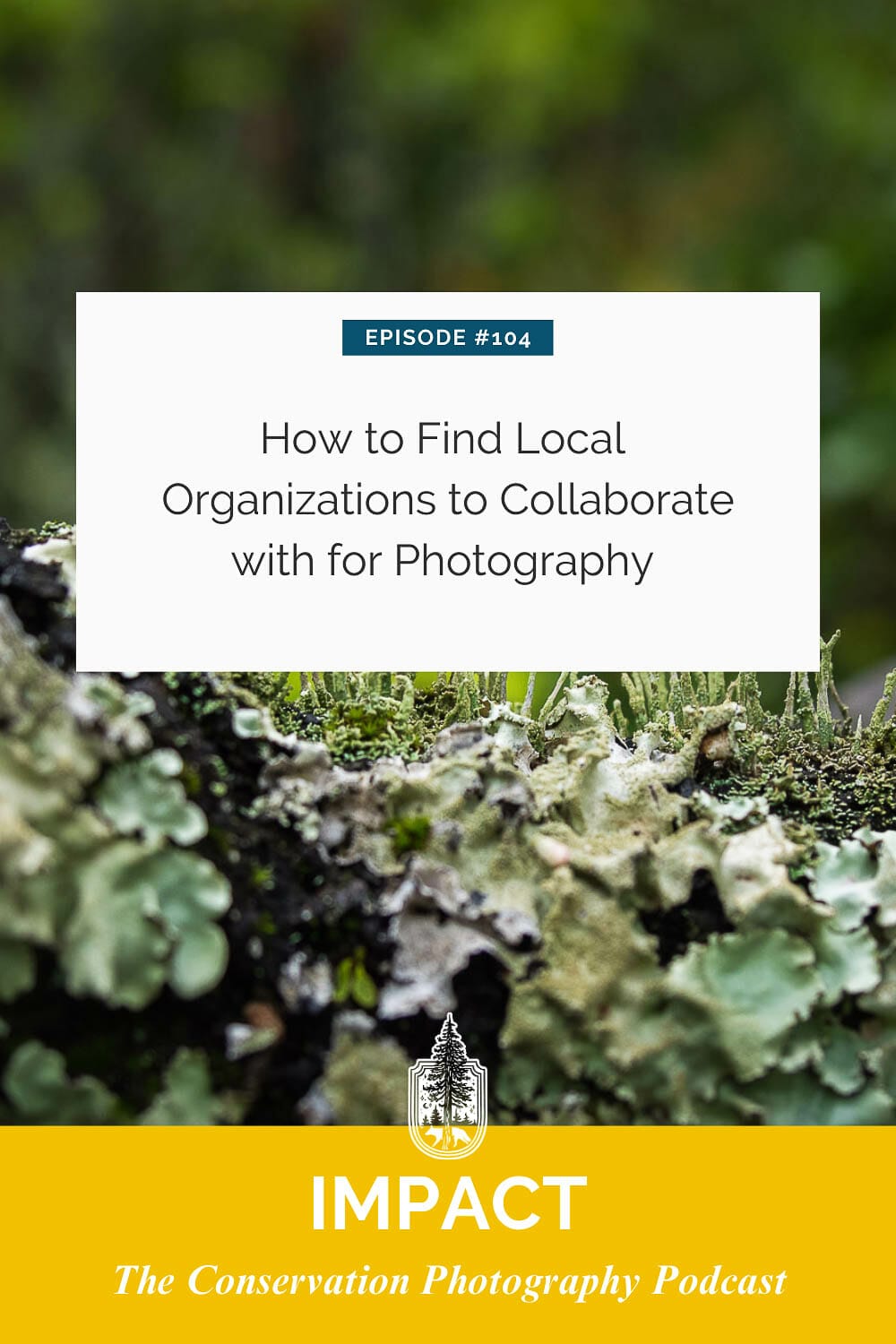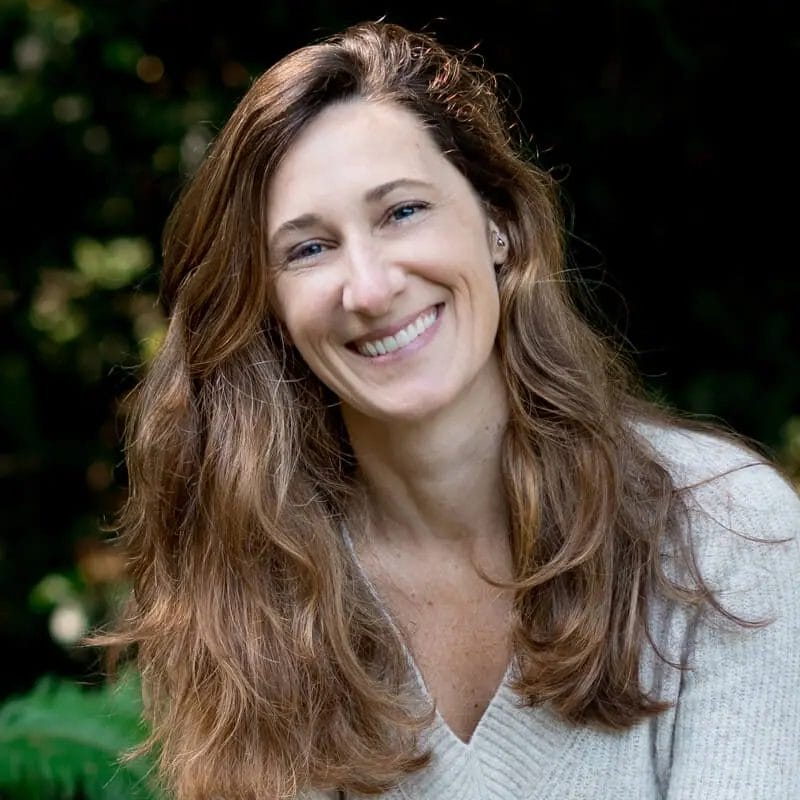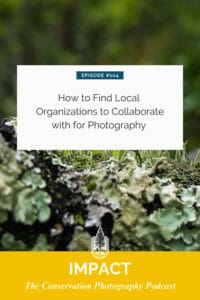Working with nonprofits and community groups is a fantastic way to both grow your skills in photography AND use photography for conservation impact, all while opening doors for future photography opportunities. Here’s how to get started.
Build momentum in your photography by working with nonprofits
Collaborations can be incredibly fulfilling experiences.
When you find an organization, a nonprofit, a community group, or a foundation that can use the images you create to expand their impact and create positive change — whether that is fundraising, awareness campaigns, or creating action around initiatives — you know your work is having direct effect on causes you care about.
Collaborations are also amazing opportunities to learn and grow when you’re just getting started in conservation photography, and moving from stand-alone shots to visual storytelling.
They can open up access to interesting stories, build your portfolio, lead to connections for networking, and even provide paid creative work… all while building friendships that last.
But you may be thinking, “Sounds great, Jaymi, but how do I actually connect with an organization to get started?”
Here are the steps!
Step 1: Start Building Your List
The first step is to create a list of potential organizations. Here’s how:
- Google Search: Start with a simple Google search using terms related to your interests and your location. For example, “ocean conservation Oregon coast” or “forest conservation [your town name].” You’ll likely discover organizations you didn’t even know existed.
- Facebook Groups: Community groups on Facebook can be a treasure trove of information. Ask members about local organizations involved in conservation, wildlife rescue, or any area that interests you.
- Ask Around: Don’t underestimate the power of word-of-mouth. Ask friends, family, and colleagues if they know of any organizations that might be a good fit.
Step 2: Research Organizations
Once you have your list, it’s time to dive deeper:
- Check Their Websites: Look for mission statements, activities, campaigns, and newsletters. This will give you a sense of what the organization is about and how active they are.
- Annual Reports: For 501(c)(3) nonprofits, annual reports are a goldmine of information. They provide insights into the organization’s accomplishments, funding sources, and areas where they might need help.
- Current Use of Imagery: Assess how the organization currently uses images. Is there a need for fresh, compelling visuals? Are there gaps you could fill?
Step 3: Assess Your Interest and Passion
After researching, evaluate which organizations truly resonate with you. Ask yourself:
- Do I Believe in Their Mission? It’s crucial to feel passionate about the organization’s work.
- Am I Excited to Help? Your enthusiasm will drive your commitment and creativity, especially during challenging times.
Step 4: Get Involved
If you haven’t already connected with an organization, consider volunteering first. Attend their events, participate in activities, and get to know the team. This will help you understand their needs and build relationships.
Step 5: Make Your Approach
When you’re ready to propose a collaboration, reach out to the right person—this could be a volunteer coordinator, communications director, or someone else in a leadership role. Here’s how to approach them:
- Request a Meeting: Ask for a time to sit down and discuss how you might help as a photographer.
- Listen More Than You Talk: Understand their needs and challenges. Offer your ideas, but focus on how you can support their goals.
- Build Trust: Show that you’re there to help, not just to further your own projects. This sets a collaborative, respectful tone from the start.
Final Thoughts
Collaborating with local organizations can be one of the most rewarding aspects of your photography journey. You’ll build meaningful relationships, create impactful work, and gain unique opportunities to grow as a visual storyteller. By following these steps—researching organizations, assessing your passion, volunteering, and approaching with a collaborative mindset—you’ll set the stage for successful and fulfilling collaborations.
If you’re already volunteering or planning to start, check out my article on “How to Be a Better Volunteer with Seven Business Mindset Strategies.” It covers everything from setting boundaries to ensuring mutual benefits, and it’s a great companion to this guide.
Happy photographing, and here’s to making a positive impact through your work!
